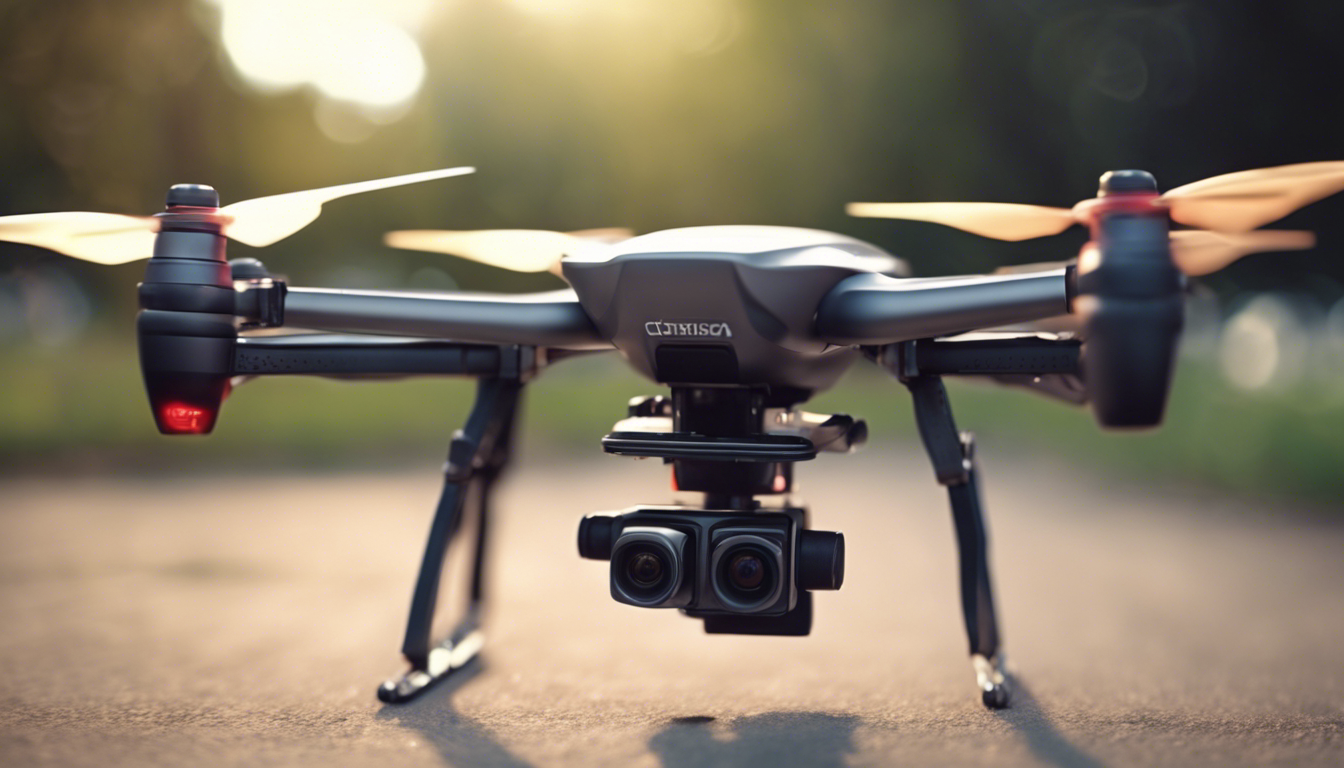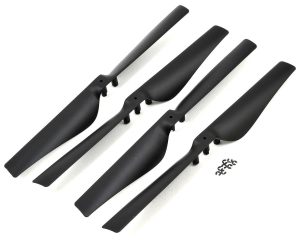
Drones, once the exclusive tools of the military, have now become an integral part of many industries, including agriculture. These unmanned aerial vehicles (UAVs) have proven to be highly effective in optimizing farming practices and increasing crop yields. This article will delve into the various aspects of the role of drones in smart agriculture, with a specific focus on consumer drones.
1. Crop Monitoring and Analysis:
Drones equipped with high-resolution cameras and multispectral sensors offer farmers a bird’s-eye view of their fields. This enables them to monitor crop health, identify areas of stress, and detect early signs of diseases or pest infestations. By examining the collected data, farmers gain valuable insights into the overall health of their crops and make informed decisions about irrigation, fertilization, or pesticide application.
2. Precision Agriculture:
Consumer drones equipped with Global Navigation Satellite Systems (GNSS) allow farmers to precisely position themselves in the field and conduct targeted actions. By creating accurate maps and conducting soil analysis, farmers can optimize the use of fertilizers and allocate resources efficiently. Drones can also aid in seeding by dispersing seeds evenly across the field, ensuring uniform growth and minimizing waste.
3. Irrigation Management:
Water shortage is a significant challenge in agriculture, making efficient irrigation crucial. Drones equipped with thermal or hyperspectral cameras can provide information on soil moisture levels, detecting areas that are overly saturated or under irrigated. This data enables farmers to implement precision irrigation techniques, reducing water waste and ensuring optimal crop conditions.
4. Livestock Monitoring:
Apart from crop-related tasks, drones can also assist in monitoring livestock and maintaining their well-being. Consumer drones equipped with thermal imaging cameras can locate animals at risk due to illness or injury, allowing farmers to provide timely assistance. Furthermore, drones can monitor the behavior and movement patterns of livestock, contributing to efficient herding practices.
5. Weed Control:
The use of drones for weed detection and control has gained significant traction in recent years. Equipped with advanced computer vision technology, drones can identify weeds and differentiate them from crops. This information can be used to develop targeted herbicide application techniques, minimizing the use of chemicals and reducing environmental impact.
6. Aerial Surveying and Mapping:
Drones equipped with LiDAR (Light Detection and Ranging) sensors can create highly accurate 3D maps of agricultural areas. These maps assist in land surveying, creating topographic models, and monitoring terrain changes over time. Such detailed data aids in better land management decision-making and facilitates effective land use planning.
7. Safety and Efficiency:
By utilizing drones in agricultural practices, farmers can enhance safety and save time and resources. Compared to traditional methods like manual monitoring or ground-based machinery, drones offer quick aerial surveying capabilities that cover large areas efficiently. This reduces the time and labor required for data collection and enables farmers to focus on other essential tasks.
Incorporating consumer drones into smart agriculture practices revolutionizes farming techniques, offering farmers vital data for making informed decisions. These UAVs assist in crop monitoring, precision agriculture, irrigation management, livestock monitoring, weed control, aerial surveying, and mapping. By leveraging the capabilities of drones, farmers can optimize resource allocation, reduce environmental impacts, and maximize crop yields.
